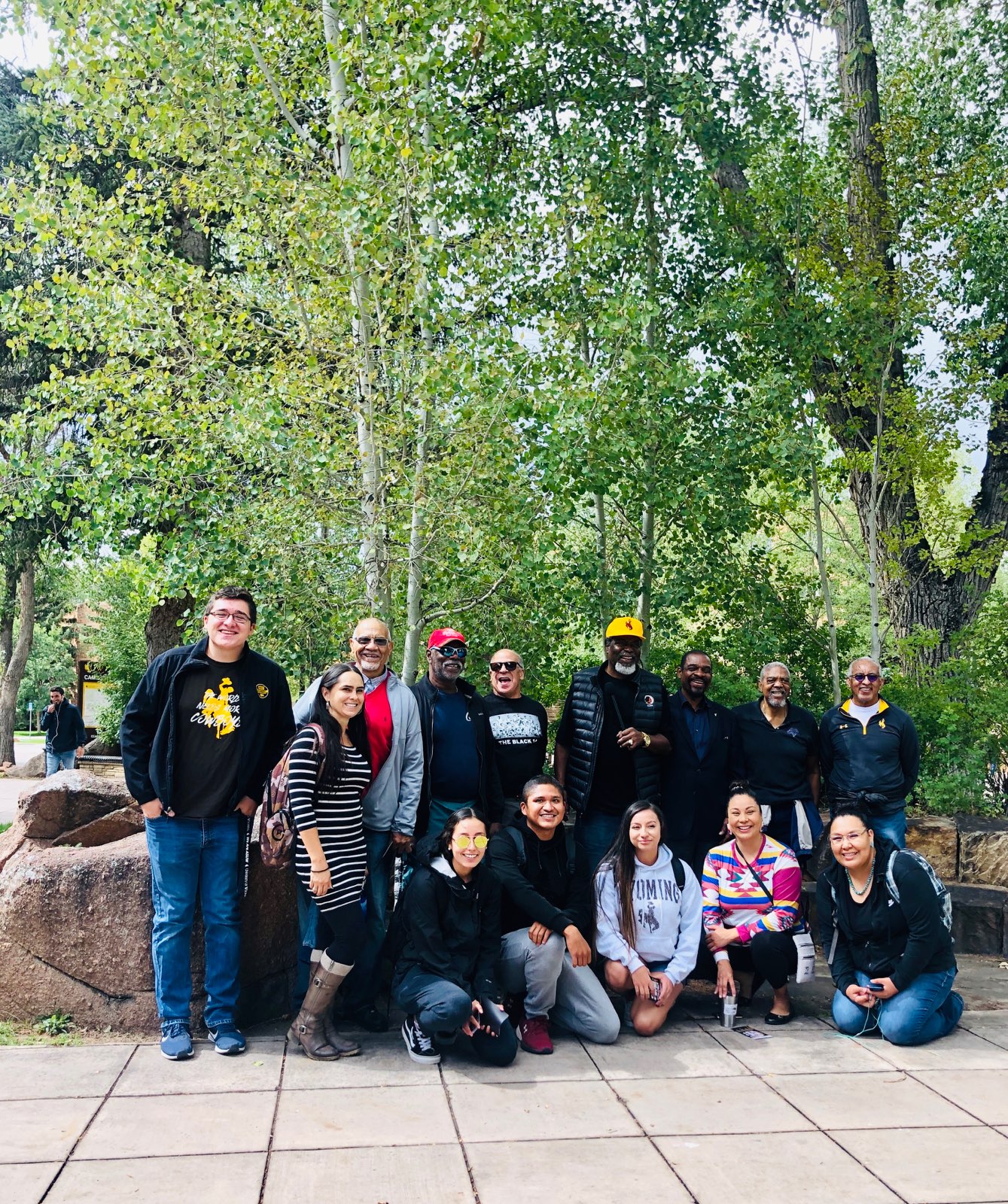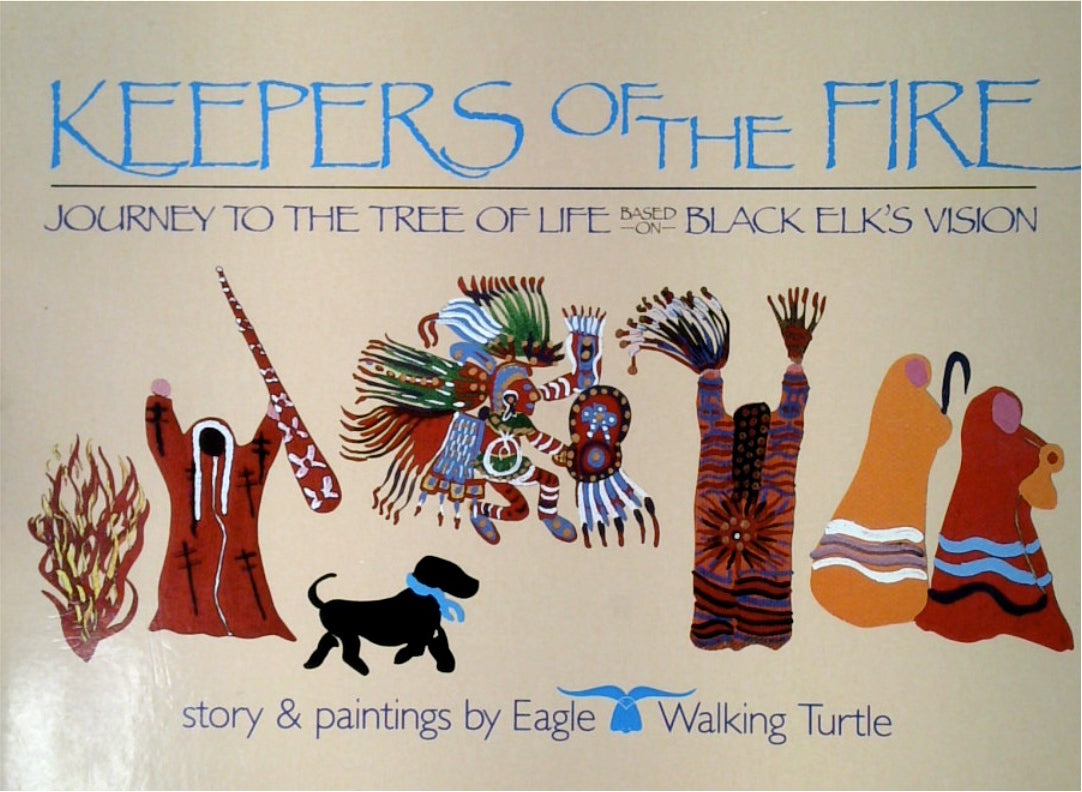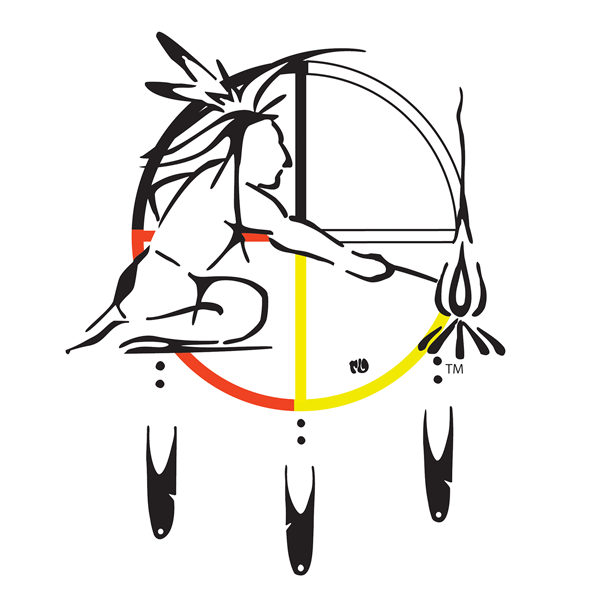
The Great Lakes region, a vast expanse of freshwater bordered by both the United States and Canada, pulses with an ancient heartbeat—the enduring cultural heritage of its Indigenous peoples. This heritage, lovingly and tenaciously kept alive across millennia, is often referred to as "Keepers of the Fire." It’s a powerful metaphor for the sacred duty to preserve, practice, and pass down the knowledge, languages, ceremonies, and worldviews that define nations like the Anishinaabe (Ojibwe, Odawa, Potawatomi), Ho-Chunk, Menominee, and Haudenosaunee, among others, who have called these lands home since time immemorial.
The "fire" represents more than just warmth; it symbolizes the very essence of their existence: the warmth of community, the light of knowledge, the transformative power of spirit, and the enduring flame of identity. Before European contact, these communities thrived, sophisticated societies with intricate governance structures, extensive trade networks, and a profound spiritual connection to the land and water. The arrival of settlers brought waves of change, often violent and destructive, marked by disease, land dispossession, broken treaties, and deliberate attempts at cultural annihilation, notably through the residential and boarding school systems designed to "kill the Indian in the child." Yet, the fire never truly extinguished. It flickered, sometimes dangerously low, but was always tended by dedicated hands, ensuring its embers glowed, ready to rekindle.
One of the most critical aspects of being a Keeper of the Fire today is the revitalization of Indigenous languages. Languages like Anishinaabemowin (Ojibwe language) are not merely tools for communication; they are vessels for entire worldviews, carrying concepts, philosophies, and ways of understanding the universe that cannot be fully translated into English. As Elder Josephine Mandamin, a revered Anishinaabe water walker, once powerfully stated, "Our language is our identity. Without it, we lose who we are, our connection to our ancestors, and our future." Decades of suppression, where children were punished for speaking their native tongues, led to a dramatic decline in fluent speakers. Today, communities are pouring immense resources into language immersion programs, master-apprentice initiatives, and digital resources, racing against time to train new generations of speakers. These efforts are not just about preserving words; they are about reclaiming cognitive sovereignty and cultural continuity.
Beyond language, the "fire" encompasses a rich tapestry of traditional arts and crafts. These are not merely decorative objects but living expressions of culture, history, and spiritual belief. Intricate beadwork, often adorning regalia for powwows and ceremonies, tells stories through patterns and colors passed down through generations. Birch bark, a versatile and sacred material, is transformed into canoes, baskets, and intricate scrolls, each piece reflecting a deep understanding of the natural world and the skills honed over centuries. Quillwork, using dyed porcupine quills, creates stunning, unique designs, a testament to patience and artistry. These crafts are powerful conduits for intergenerational teaching, with elders guiding youth not just in technique but in the cultural significance and protocols associated with each creation.
Ceremonies and spiritual practices form the very heart of the fire. The Midewiwin (Grand Medicine Society) ceremonies, for example, are sacred rites of healing, spiritual growth, and knowledge transmission, held within lodges that mirror the natural world. Powwows, while often vibrant public gatherings of dance, song, and feasting, are also profound expressions of community, identity, and cultural pride, connecting individuals to their heritage and to each other. The Seven Grandfather Teachings—Wisdom, Love, Respect, Bravery, Honesty, Humility, and Truth—provide a moral and ethical framework that guides daily life and decision-making within many Anishinaabe communities, offering a timeless philosophy of living in harmony with oneself, others, and the natural world. These teachings are not static; they are living principles applied to contemporary challenges, demonstrating the adaptability and enduring relevance of Indigenous wisdom.
Storytelling, an ancient and revered tradition, is another vital flame tended by the Keepers. Oral histories, legends, trickster tales featuring characters like Nanaboozho, and personal narratives serve as powerful educational tools, transmitting history, moral lessons, and cultural values across generations. Elders, revered as living libraries, share these stories, ensuring that the wisdom of the past informs the present and guides the future. "Every story carries a lesson, a piece of our history, a way of understanding our place in the world," explains an elder from a Great Lakes community. "When we share these stories, we are not just entertaining; we are teaching our children how to be good relatives, how to live with respect for all creation."

The deep connection to the land and water, particularly the Great Lakes themselves, is foundational to this heritage. For millennia, these waters have provided sustenance, transportation, and spiritual grounding. Foods like Manoomin (wild rice), maple syrup, berries, and fish are not just sustenance; they are sacred gifts, harvested with respect and gratitude. The traditional ecological knowledge held by Indigenous peoples represents centuries of observation and sustainable interaction with the environment, knowledge that is increasingly recognized as crucial for addressing contemporary environmental crises. The struggle to protect the Great Lakes from pollution, invasive species, and industrial exploitation is not merely an environmental battle; it is a fight for cultural survival, as the health of the water is intrinsically linked to the health of the people.
Despite the profound resilience, the Keepers of the Fire continue to face significant challenges. The lingering impacts of colonialism, including systemic racism, economic disparities, and the ongoing struggle for land and resource rights, create daily hurdles. The urbanization of Indigenous populations, while offering new opportunities, also presents the challenge of maintaining cultural connections away from traditional territories. Cultural appropriation, where elements of Indigenous culture are taken and misused without understanding or respect, is another constant threat. Yet, these challenges only strengthen the resolve of the Keepers.
Across the Great Lakes, a vibrant resurgence is underway. Community-led initiatives are at the forefront, establishing cultural centers like the Ziibiwing Center of Anishinabek Culture & Lifeways in Michigan, which serves as a repository for artifacts, a hub for language learning, and a venue for cultural events. Universities are collaborating with Indigenous communities to develop culturally relevant curricula and support language programs. Intergenerational knowledge transfer is flourishing, with youth actively seeking out elders to learn traditions, songs, and ceremonies. Digital platforms are being utilized to document and share cultural knowledge, ensuring its accessibility and preservation for future generations. Young people, in particular, are embracing their heritage with renewed pride, becoming powerful advocates and active participants in the revitalization efforts. They are the future Keepers, carrying the torch with a blend of ancestral wisdom and contemporary vision.
The "Keepers of the Fire: Great Lakes Cultural Heritage" is not merely a historical account; it is a living, breathing testament to the enduring spirit of Indigenous peoples. Their tireless efforts to preserve and revitalize their cultures offer invaluable lessons for all of humanity: lessons in resilience, environmental stewardship, community building, and the profound importance of identity. As the smoke from their sacred fires continues to rise, it signals a powerful message of continuity, reminding us that the deepest roots are the hardest to sever, and that the flames of heritage, once tended with care, will burn brightly for generations to come, illuminating a path toward a more respectful and harmonious future.
